PROTECT YOUR DNA WITH QUANTUM TECHNOLOGY
Orgo-Life the new way to the future Advertising by AdpathwayGrowing herbs in the fall is a great way to elevate your cool-weather soups and stews. Depending on your climate, many herbs will continue into the holiday season, too. It can be a rewarding and productive way to extend your gardening season and grow plants that are both beautiful and useful.
Many herbs thrive in the cooler temperatures and shorter days of autumn. In areas of mild or warmer fall weather, you can grow even more. The key is to select the right herbs, understand how they perform in different temperatures, and time it right.
Many tender herbs are fast-growing and will provide you with harvestable leaves in just about one month. Others are cold-tolerant and will handle a light freeze or two. Some will even grow throughout the winter in milder climates.
Let’s take a look at some of the herbs you can grow from seeds in fall.
Cilantro
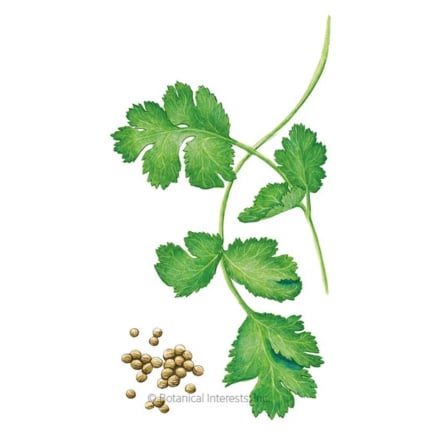
Long Standing Santo Cilantro Seeds
Parsley

Parsley Italian Giant Org
Chervil

Cilantro
 Planting seeds now means fresh leaves in weeks.
Planting seeds now means fresh leaves in weeks.Growing cilantro herbs from seed in fall is ideal, especially in warm climates. Cilantro is a fast grower, with harvestable leaves ready in about four to five weeks. It’s a cool-season annual that bolts quickly in warm weather, so fall growing will give you a better harvest. The shorter daylight hours this time of year favor leafy growth without flowering.
Sowing cilantro seeds for the fall season is beneficial in terms of pest control as well. Nuisance insects are less active during the cooler months. It’s frost-tolerant to about 20°F (-7°C), so in mild climates you can harvest throughout the winter. A bit of protection will keep this herb going even in cooler climate regions.
Plant your cilantro seeds in loose, rich, well-drained soil. In the fall, make sure to give it plenty of sun. Keep the soil moist, but not soggy. When the plants are about four to six inches tall, you can begin harvesting leaves.
Parsley
 Hardy enough to bounce back after cold snaps.
Hardy enough to bounce back after cold snaps.Parsley is another herb that grows best in cool weather and is frost-tolerant, so fall is a great time to plant these herb seeds. If you live in a mild climate, you can grow this herb throughout the winter. It can potentially tolerate temperatures as low as 10°F (-12°C).
It’s happiest in cool temperatures. Even in colder regions, this herb may die back after particularly cold weather, and then return.
In moderate climates, it’s best to start your parsley in late summer to early fall. In warm climates, you can start these herb seeds any time from fall to spring. Parsley will grow well in the same conditions as cilantro. It likes rich, well-drained soil and consistent moisture.
Soak your parsley seeds overnight before planting to speed germination. They take a while to germinate, but once they do, growth is quick. In zones 6 and lower, give it some cold protection for winter harvest. South of there, it should be fine all winter.
Chervil
 Prefers gentle shade to stay tender and fresh.
Prefers gentle shade to stay tender and fresh.Chervil is related to parsley, and is often called French parsley in the United States. It’s more delicate and has a mild, anise-like flavor. Fall is the ideal time to plant this herb from seeds. It prefers mild, shaded conditions and bolts quickly in the heat.
The cool temperatures of fall will lead to lush leafy growth, which is ideal for herbs. Flowering alters their flavor, and not for the better. Giving some shade in the afternoon will keep the leaves sweet and tender, while intense sun may cause wilting and bitterness.
This herb tolerates light frosts and may overwinter in zones 6 and higher with some winter protection. Sow these herb seeds in early fall, directly in the soil. It doesn’t transplant well. It likes the same kind of soil and moisture as parsley and cilantro, so you can grow these herbs together.

Dill
 Direct sowing means no transplant shock worries ahead.
Direct sowing means no transplant shock worries ahead.Timing and climate are important factors to consider when planting dill in the fall. This cool-season herb prefers the mild weather in fall, but it’s less cold-tolerant than some others. It will tolerate a light frost, and typically won’t die back until the thermometer dips below 25°F (4°C).
Cooler fall temperatures delay dill from bolting. It grows quickly and is ready to harvest in as few as 40 days from seed. In zones 6 and colder, this will require a greenhouse or cold frame to overwinter. It will overwinter in zones 9 and 10 and with some protection in zones 7 and 8.
Dill doesn’t transplant well, so sow these herb seeds directly in their final location. It likes loose, well-drained, slightly acidic soil. Keep the soil evenly moist during germination and then water regularly once established. Harvest when your plants are about 6 to 8 inches tall.
Fennel
 Keep it cool to prevent premature flowering.
Keep it cool to prevent premature flowering.Fennel is a good herb to grow from seeds in the fall. It is frost-tolerant and will often overwinter in zones 6-10. It’s root hardy to zone 4, though, so it may die back but will regrow in the spring. Bronze fennel is slightly more cold-tolerant.
Heat causes fennel to bolt, like most herbs. Fall planting helps to avoid that. The cooler weather will sweeten it up. It will encourage bulb formation rather than focusing energy on flowering. Fall will also bring more stable growth and fewer pests.
Fennel is allelopathic, so you shouldn’t grow it next to other herbs in the ground. The roots produce a chemical that stunts the growth of other plants nearby. It’s best to plant it in a container with loose, fertile, well-draining soil.
Thyme
 Best planted early to enjoy next year’s harvest.
Best planted early to enjoy next year’s harvest.Thyme, like most members of the mint family, is evergreen and tolerates temperatures down to about 3°F (-16°C). In colder climates, it is root hardy, so it may die back in the winter, but it will return in the spring.
Most of the woody herbs tolerate cold weather, but they don’t grow quickly from seeds. So they won’t be ready to harvest until the following year. Thyme only takes about two to three months to go from seed to harvest. This makes it a good one for fall planting, especially in mild to moderate climates.
Sow these herb seeds in fall as early as possible, as they do take longer than the more tender herbs. Use a container with excellent drainage, and in zones 4-5, bring it indoors before the first hard frost.
Garlic Chives
 Sunlight boosts flavor in these slender green stalks.
Sunlight boosts flavor in these slender green stalks.Garlic chives are a wonderful herb to grow from seed in fall. They take about two to three months to go from seed to harvest, so plant them as early as possible for the longest harvest time.
They are frost-tolerant and will grow through the winter in milder climates. In cold climates, they may die back in the winter, but will re-grow in the spring.
In zones 6-9, you can plant these herb seeds in early fall for harvesting through the winter. North of zone 6, expect fall-sown seeds to sprout in early spring because of soil temperature. You can germinate them indoors, however, and then transplant.
The more sun your garlic chives get, the more flavorful they will be. They like loose, fertile, well-drained soil. Add some compost for optimal growth. Keep the soil moist until established. Once mature, they are moderately drought-tolerant.


 2 days ago
14
2 days ago
14

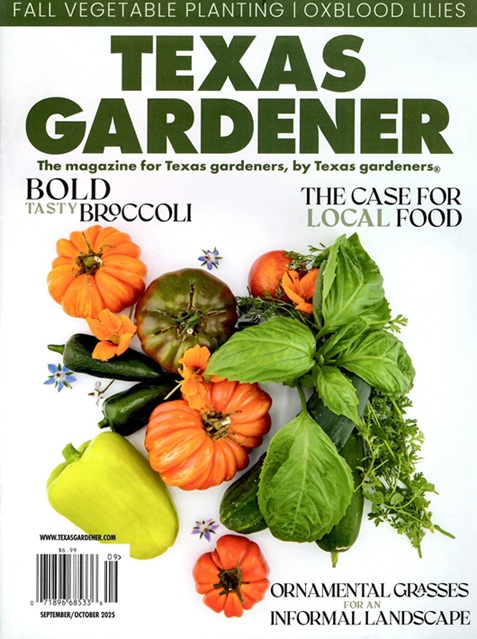
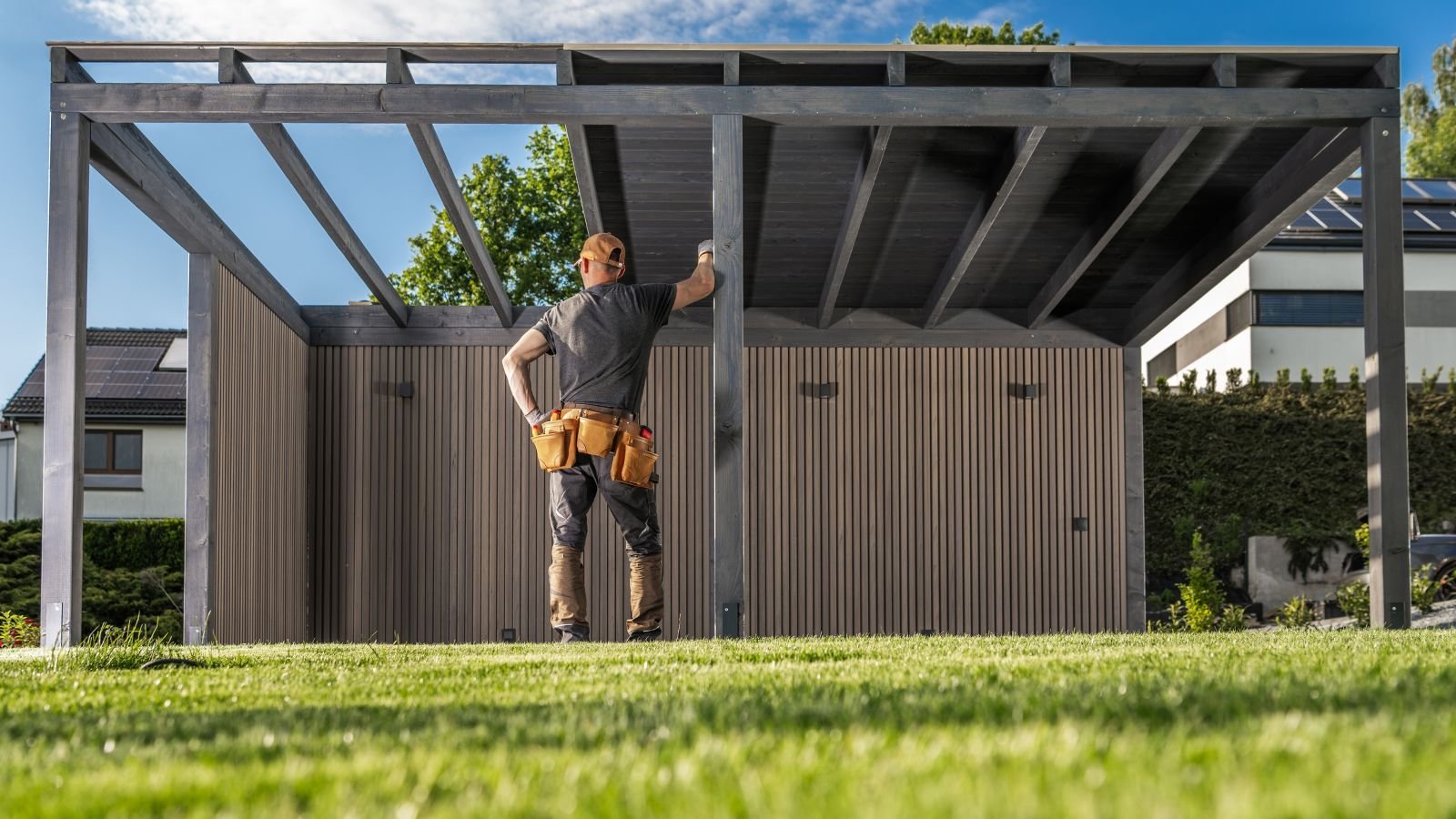
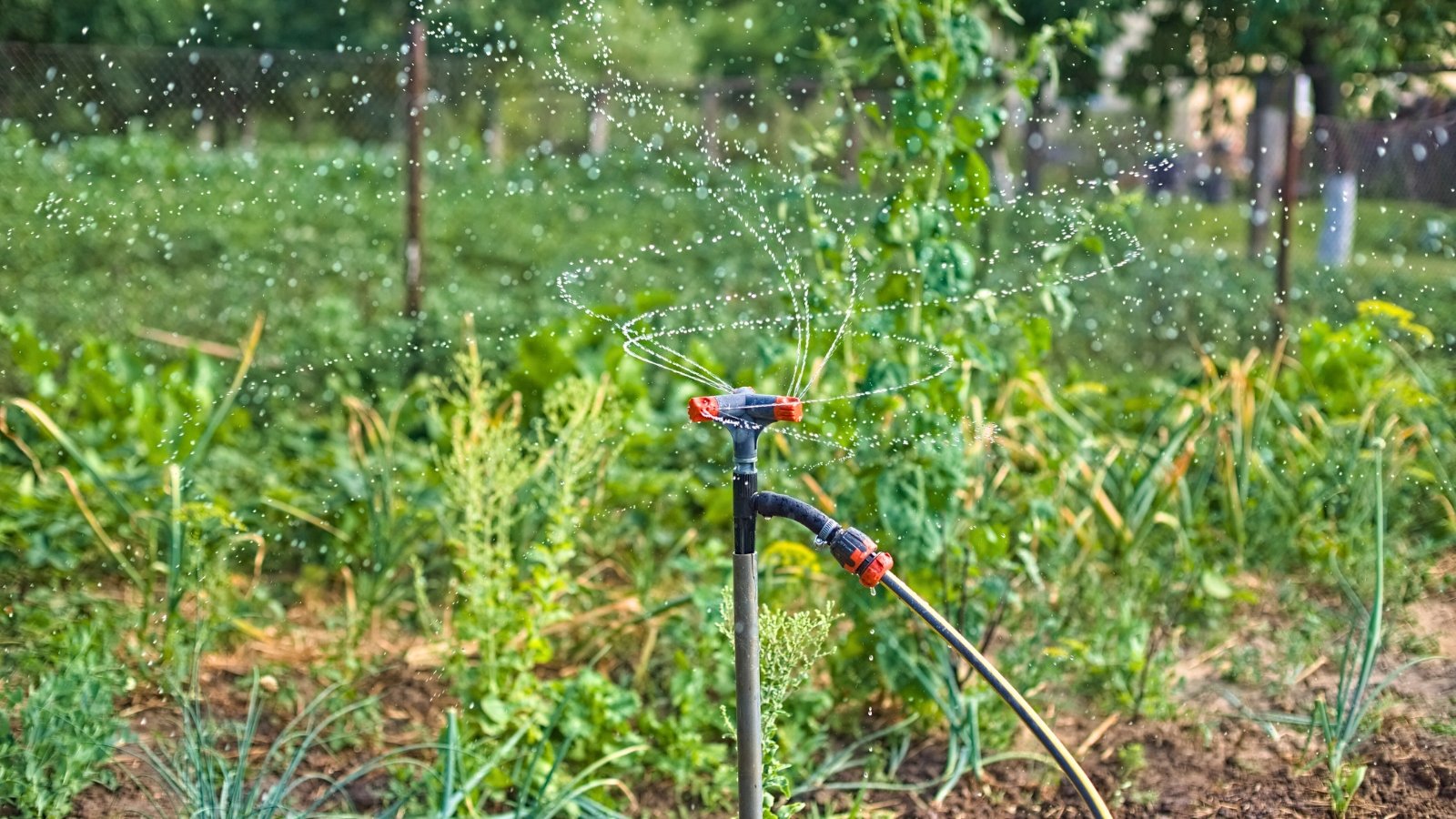
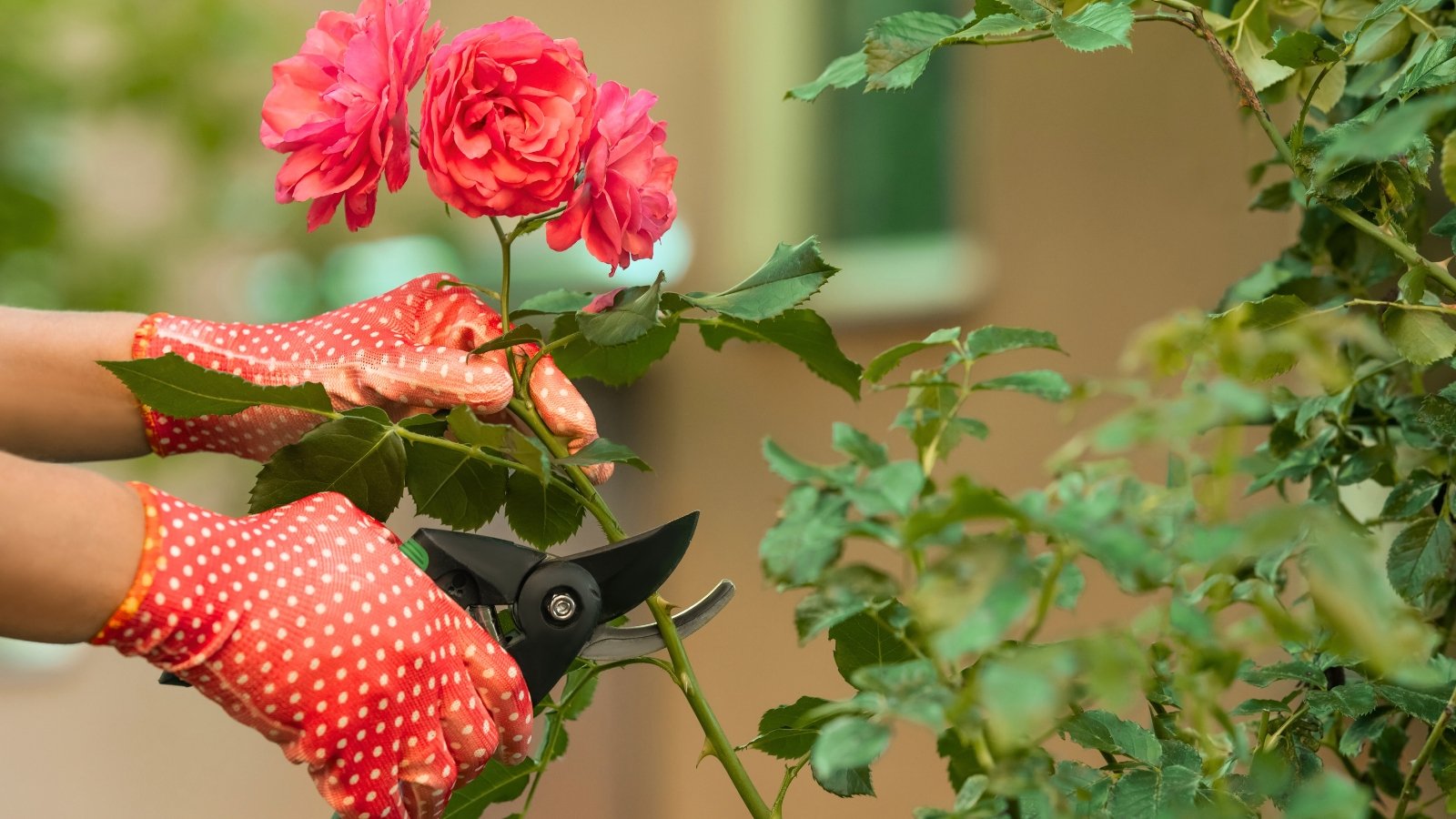
















 English (US) ·
English (US) ·  French (CA) ·
French (CA) ·